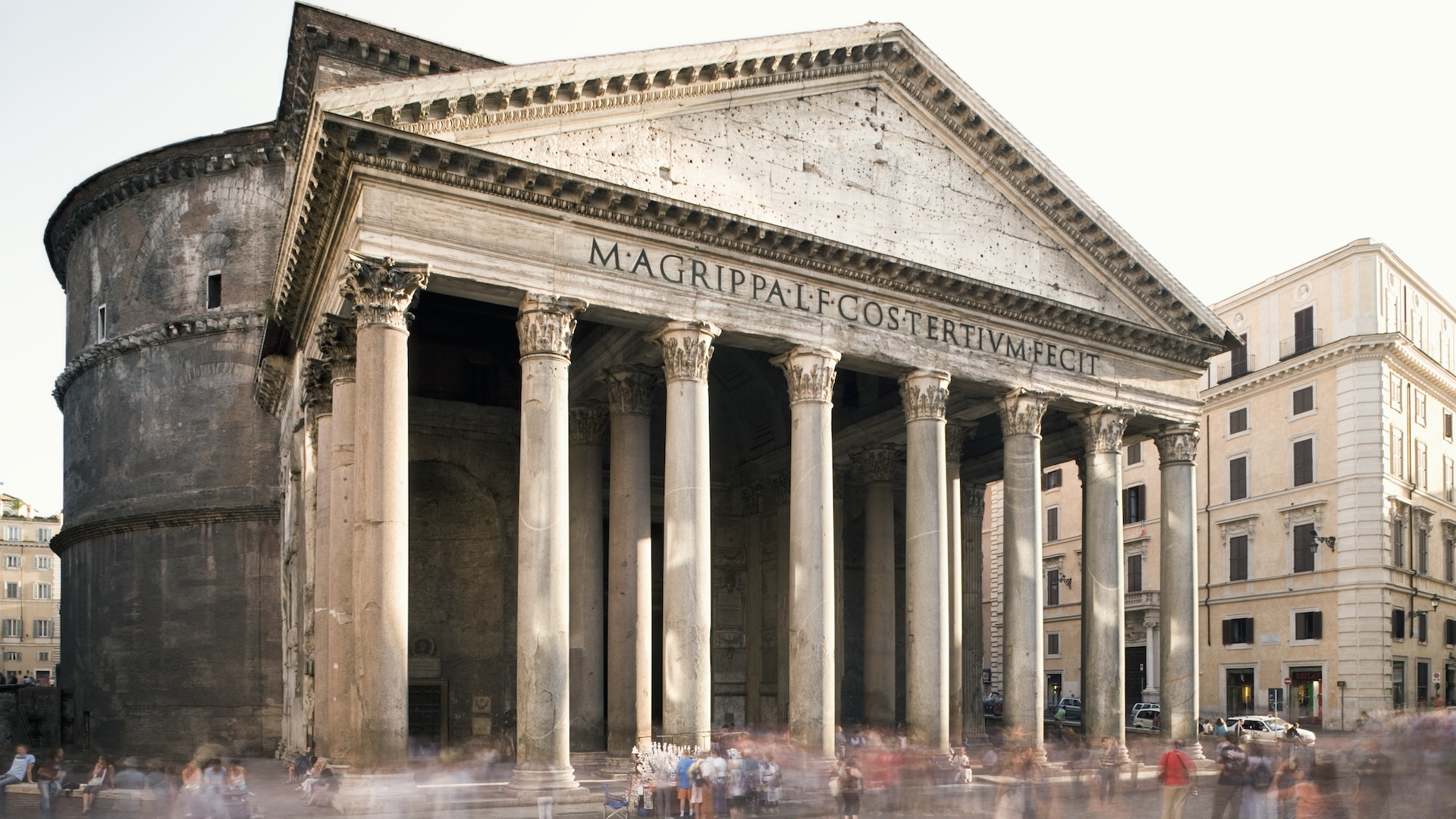When you purchase through tie on our land site , we may earn an affiliate committee . Here ’s how it work .
Archaeologists in Germany have unearth a vast horse memorial park from Roman clock time , a discovery that is " very rare , " according to researchers .
The archeological site , conducted in Stuttgart ’s borough of Bad Cannstatt , has give away the bony cadaver of more than 100horses . These animals were part of a Romanic cavalry unit known as Ala , which was active in what is now southwest Germany during the 2d century A.D.,radiocarbon datingof the sawhorse ' bones revealed .

Archaeologists found more than 100 horse skeletons dating to the Roman Empire in what is now Stuttgart, Germany.
" find such a large gymnastic horse cemetery from Roman time is very rare,“Sarah Roth , the archeologist in charge at the State Office for Monument Preservation ( LAD ) in the Stuttgart Regional Council , told Live Science in an e-mail . While a few horse burial had been found in Bad Cannstatt since the 1920s , a 2024 archeological site ahead of a novel building project revealed that the entombment ground was teeming with equid clay .
" We had n’t expect to find so many sawhorse still preserved in the ground , " Roth said . " This was truly a surprisal ! "
The warhorse cemetery also held the remains of a Roman - era man bury on his abdomen and without grave good , show that he likely was an outsider who was n’t held in high respect . " Its [ the body ’s ] military position suggest that the man was ' dispose of ' here rather than afford a regular burial , " as a regular burying ground for masses was only about 0.3 mile ( 0.5 kilometers ) away , Roth say .

(Image credit: State Office for Monument Preservation in the Stuttgart Regional Council/ArchaeoBW)
Related : R.C. - era skeleton buried in embracing , on top of a cavalry , were n’t buff , DNA psychoanalysis shows
Horse burial ground
The papistic cavalry unit at Bad Cannstatt patrolled the perimeter of theRoman Empirefrom about A.D. 100 to 150 . " The horsemen were responsible for controlling their division of the border , " Roth said . " As horses were the fastest substance of transport on land at the time , they were in particular used in pressing emergencies . "
Ala likely included nearly 500 rider and at least 700 horse , according to a translatedstatementfrom LAD . When the social unit ’s horses died , the Romans buried them in a specific arena that was about 1,312 base ( 400 beat ) from the cavalry garrison and 656 feet ( 200 megabyte ) from the civilian settlement .
The dead horses were dragged into shallow perdition and swallow on their sides with their legs out to or straight . These burials likely had marker in Roman times , as they were packed closely together yet had very little overlap , Roth tell in the assertion .

(Image credit: State Office for Monument Preservation in the Stuttgart Regional Council/ArchaeoBW)
In a uncommon burial , one of the horses was bury with grave goods next to its upper legs .
archeologic work ahead of a new construction project by the Stuttgart Housing and Urban Development Company revealed the horse burial ground . Excavations of the burying ground started in July 2024 .
" The horse do not all appear to have died at the same time in a major event such as a struggle or epidemic , " Roth say in the statement . " Rather , the animals buried here either died of sickness , harm , or other reasons during the Ala ’s presence in Bad Cannstatt . "

Alternatively , it ’s potential some " were no longer able to fulfill their purpose as military horses , " she added . " If the horse could still take the air on its own , it would have been brought to the horse cemetery and kill on site to avert have to send the gravid carcase . "
— laser reveal Roman - earned run average circus in Spain where 5,000 witness look on horse cavalry - draw in chariot races
— Cold War orbiter images reveal virtually 400 Roman fortress in the Middle East

— Remains of 1,600 - year - old Roman fortress unearthed in Turkey
One buried horse was understandably dear to its owner ; it was bury with two jug and a small oil lamp nestled in the criminal of one of its front legs . grievous good such as these are typically find oneself in Roman - era burials for humans , make the jug and lamp " strange " to find among knight bones , Roth told Live Science .
" Of the approximately 100 horses we were able to examine , only one had invite life-threatening goodness , " she said .

The Equus caballus cemetery extend a rare look at the use of horses in the Roman army . Further analysis will reveal the horses ' sexuality , years at decease and their sizes , as well as possible diseases they had and their suit of death . Future study may also reveal their ancestral roots , where they were bred and if they were well keep open and fed .
Roman emperor quiz: Test your knowledge on the rulers of the ancient empire
You must confirm your public display name before commenting
Please logout and then login again , you will then be prompted to enter your display name .














